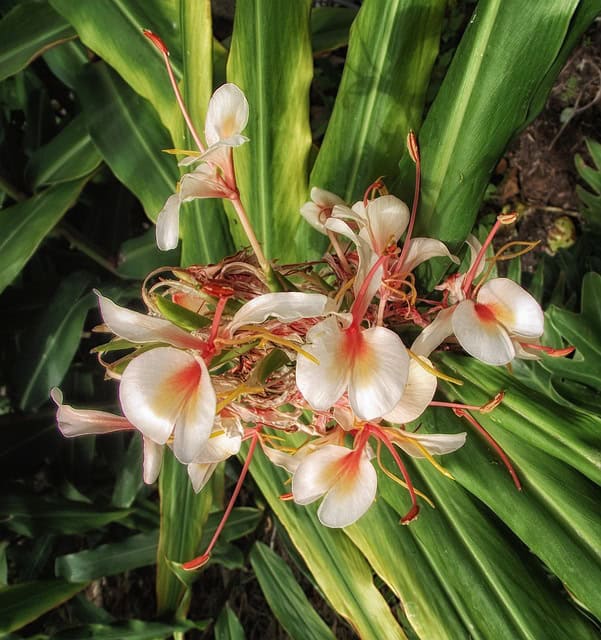This guide will walk you through everything you need to know about harvesting ginger, ensuring that you enjoy a healthy and successful crop.
Understanding Ginger Growth

Before you get to the harvesting stage, it’s helpful to know the growth pattern of ginger. Ginger is a tropical plant that thrives in warm, humid conditions. Typically, you will plant ginger rhizomes (the part of the plant we use in cooking) in the spring, about 2-4 inches deep in well-draining soil. The plant will sprout green shoots within a few weeks.
Ginger grows best in USDA hardiness zones 7-10, but if you live in a cooler region, you can still grow it indoors or in pots. Once planted, you can expect the plant to grow lush leaves and sturdy stems, which can reach heights of 3-4 feet.
When to Harvest Ginger
One of the most common questions among ginger growers is, “When is the best time to harvest ginger?” The answer depends on your goals:
Young Ginger (also known as Green Ginger): If you want to harvest ginger while it is still tender and mild, look for a timeframe of about 3-4 months after planting. At this stage, the rhizomes are still immature and can be used fresh, often with a milder flavor.
Mature Ginger: For a stronger, more robust flavor, allow the ginger to grow for 8-10 months. At this point, the rhizomes will have developed a thicker skin and will be more pungent.
If you notice the leaves starting to yellow and die back, this is an indication that it’s time to harvest your ginger.
Preparing for Harvesting
Before you start harvesting, gather the necessary tools. You will need:
A garden fork or spade
A trowel
A pair of gardening gloves
A bucket or container for collecting the rhizomes
The ground should be moist but not overly wet for easier rhizome extraction. If the soil is too dry, consider watering your ginger plant a day or two before you plan to harvest. This will soften the soil and make it easier to extract the roots without damaging them.
How to Harvest Ginger
Follow these steps to harvest ginger effectively:
Loosen the Soil: Start by gently loosening the soil around the base of the plant with a garden fork or spade. Be cautious not to stab the rhizomes as you loosen the soil.
Lift the Rhizomes: Once the soil is loosened, gently pull the ginger plant from its base. You can also use a trowel to dig around the rhizomes and lift them out.
Remove Excess Soil: Shake off or brush away the excess soil from the rhizomes. Avoid washing them with water until you’re ready to use them, as this can promote decay if you’re storing them.
Trim the Tops: Use a knife or scissors to cut the leafy tops back to about an inch above the rhizomes. This helps with storage and gives a neater appearance.
Storing Fresh Ginger
If you have more ginger than you can use right away, you’ll need to know how to store it. Fresh ginger can last several weeks with the right care. Here are some storage tips:
In Water: Place fresh ginger roots in a jar of water and store them in the fridge. Change the water every couple of days to keep it fresh.
In a Paper Bag: For short-term storage, place whole ginger rhizomes in a paper bag and keep them in the crisper drawer of your refrigerator.
Freezing: To prolong the shelf life, peel and slice your ginger before storing it in an airtight container in the freezer.
Enjoying Your Harvest
Once you’ve harvested your ginger, the culinary possibilities are endless. Use fresh ginger in stir-fries, teas, marinades, and baked goods. Not only does it add a wonderful kick to your recipes, but ginger also has numerous health benefits, including anti-inflammatory and digestive properties.
Conclusion
Growing and harvesting ginger can be a rewarding venture for any gardening enthusiast. With the right knowledge and tools, you can enjoy a bountiful harvest and add a unique touch to your culinary creations. Whether you’re harvesting young ginger for its mild flavor or waiting for mature roots with a more robust profile, the satisfaction of growing your own spice is well worth the effort.





